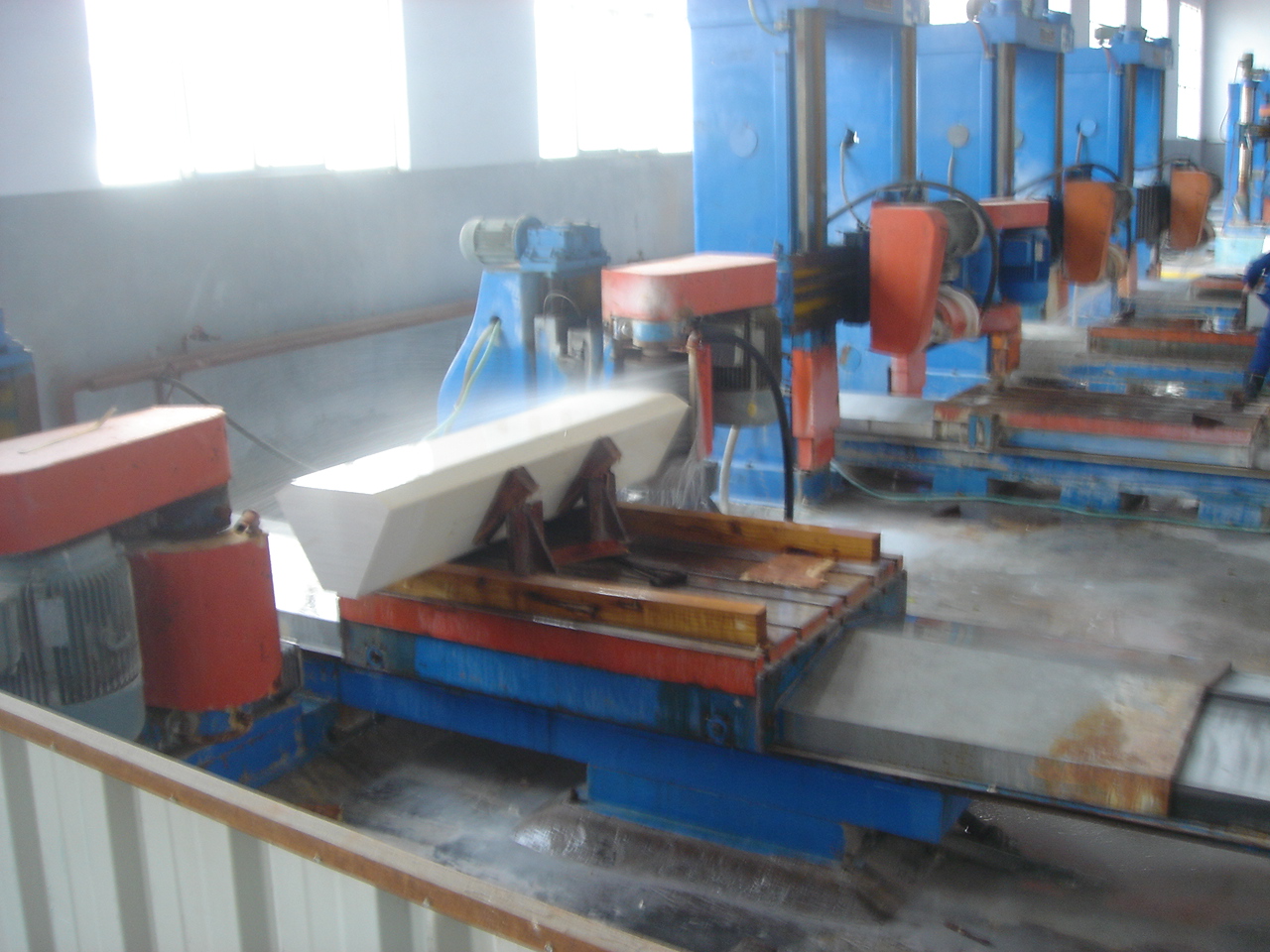Refractory Brick Mill Company Explains the Significance of New Refractories to Improve the Competitiveness of China's Iron and Steel Industry
Compared with the international advanced level, the energy consumption of China's steel industry is relatively high. The energy consumption per ton of steel produced by steel is 20% -40% higher than the international level and 320kg of standard coal higher than Japan. It can be seen that China's steel industry has high energy consumption and huge potential for energy conservation and consumption reduction. Therefore, it is of great significance to improve the competitiveness of China's steel industry.
From the above, we can understand the importance of refractories for current industrial production, and the increase in needs. Therefore, the demand for equipment of manufacturers of refractories, Shenyang Pengcheng Non-metal Equipment Co., Ltd. is a professional manufacturer of refractory materials. Manufacturers of brick machines, brick cutters, hole-turning machines and other equipment are welcome to consult if there is a demand.
Next we will learn more about refractories
The significance of new refractories
In the past 20 years, the output and variety of China's steel industry have developed greatly. In order to adapt to this development, after the construction of the "Seventh Five-Year", "Eighth-Five-Year" and "Ninth-Five-Year" period, China's refractory materials have been continuously updated with new varieties and equipment, and more than ten categories have been added for a total of more than 100 Grades have changed the structure of the four major types of traditional clay, high alumina, silicon and magnesium products. According to the development focus of the steel industry during the "10th Five-Year Plan" period, although the steel output will not increase significantly, the continuous casting ratio and refining ratio of steel will continue to increase, and equipment will continue to become large and modern. These characteristics of the development of the iron and steel industry have prompted refractories to continue to improve product quality and expand their varieties, and at the same time, around the energy saving and consumption reduction, some refractories with specific functions have been produced.
Development Trend of New Refractories
In recent years, the promotion of new processes and technologies for steel production, as well as the requirements for energy saving and environmental protection, have put forward more special requirements for new refractories. From the perspective of future development, new types of refractories will include high-performance structural and functional refractories.
Structural refractories
The overall development trend of structural refractories will be high purity, densification, precision, popularization of carbon-containing refractories, compounding and indetermination of oxide and non-oxide materials. Especially the amorphous refractories will have a larger application market in the future, because it has the advantages of short production cycle, energy saving, good integrity, strong adaptability, good comprehensive use and so on. The technical development trend of the amorphous refractory itself has the following aspects.
(1) Material. In recent years, the materials of amorphous refractories are developing from neutral and acidic oxide materials to basic oxide materials and oxide and non-oxide composite materials. From low purity to high purity, the raw materials used are from natural Development of refractory raw materials to synthetic refractory raw materials;
(2) Combination. In recent years, the combination of amorphous refractories has developed in the direction of hydration bonding → chemical bonding → hydration bonding + cohesion bonding → polymerization bonding → cohesion bonding;
(3) Performance. In recent years, the workability of amorphous refractories has evolved from difficult to thixotropic to thixotropic to non-thixotropic. From the perspective of rheology, that is, from plastic-elastic to visco-plastic-elastic and visco-plastic directions;
(4) Reconcile water consumption. In recent years, the blending water consumption of amorphous refractories is developing from high moisture to low moisture and no moisture.
Functional refractory
Functional refractory materials include high-performance thermal insulation refractory materials, high-emissivity energy-saving coatings, high thermal conductivity and high electrical conductivity refractory materials, and high-performance fast thermal refractory materials. High-performance thermal insulation refractory materials include refractory fiber products, ultra-fine micro-porous lightweight bricks, lightweight amorphous refractory materials, etc. These materials have low thermal conductivity. The use of such materials when building furnace walls can greatly reduce the furnace body Heat dissipation and heat storage loss, which has a significant energy saving effect.
